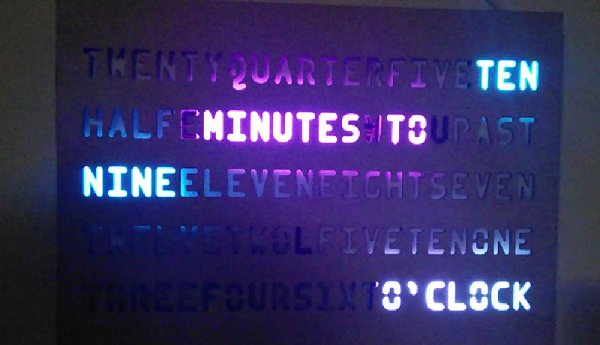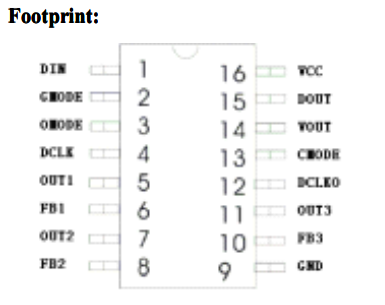Java famously runs on billions of devices, including workstations, desktops, tablets, supercomputers, and jewelry. Yes, jewelry. Look it up. [Michael] realized Java doesn’t run on Commodore 64s, TI-99s, and a whole bunch of other platforms. Not anymore.
Last year, [Michael] wrote Java Grinder, a Java byte-code compiler that compiles classes into assembly language instead of being part of a JVM. This effectively turns Java from a Just In Time compiled language to a normally compiled language, like C. He wrote this for the 6502/6510, the MSP430, and a Z80. The CPU in the TI-99/4A is a weird beast, though, and finally [Michael] turned this Java Grinder on that CPU, the TMS9900.
While most of the development was accomplished with the MESS emulator, [Michael] did manage to run Java on real hardware. His friend gave him a TI-99/4A a few years ago with a few cartridges. Cracking those cartridges open revealed one PCB that would hold an EEPROM. Writing his Java byte-code-derived assembly to a 28c64 EEPROM, he had a cartridge that would run compiled Java.
Right now, the demo is pretty simple with low-resolution graphics beeps and bloops of music, and generally not what you would expect from a TI/99. This is mostly due to the fact that the API for the TI-99 is extremely simple. You can check out the results of that programming endeavor below.
Continue reading “Java Byte Code, Ahead Of Time Compilers, And A TI-99”



















